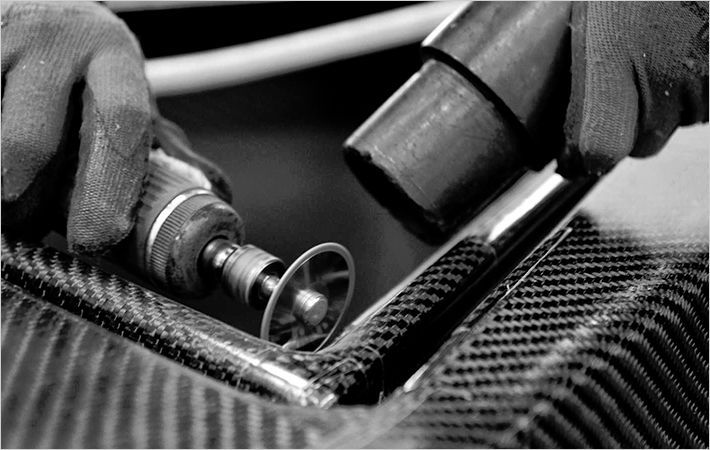The number of CMC components inside GE jet engines will continue to grow with each new product introduction.
GE worked closely with the North Carolina Department of Commerce to secure the proposed Asheville location and investments in existing facilities. The commerce department, along with several local agencies (the Asheville Area Chamber of Commerce, Buncombe County, City of Asheville, Ashe County, the Golden Leaf Foundation, the Greater Durham Chamber of Commerce, and Wilmington Business Development) has provided technical support and incentives to ensure a smooth and successful start-up.
To prepare for the new factory, GE will partner with Asheville-Buncombe Technical Community College (ABTCC). The training program at ABTCC will allow current and prospective employees to train in a hands-on environment with state-of- the- art machinery.
The GE Aviation facility in Durham assembles commercial jet engines. The proposed investment will allow for increased capacity and new plant and equipment for the next generation of commercial engines.
Proposed investment in the West Jefferson facility, which currently does machining of rotating parts, will also allow for increased capacity as it assumes additional machining work. The facility is poised for an 80,000-square-foot expansion which will come with an additional 105 jobs by 2017.
The 540,000-square-foot facility in Wilmington will continue to manufacture medium to large rotating hardware. The planned investment will allow for the purchase of next- generation equipment for the plant.
GE develops and produces the world's most advanced composite components for jet engines. All development of composite components will remain in Newark, Delaware. Asheville joins several other GE facilities such as Batesville, Mississippi, Ellisville, Mississippi and Baltimore, Maryland that produce composite components. In addition to shrouds, Asheville will have capacity to take on additional component work when new technologies are developed.
GE Aviation has the largest and fastest-growing installed base of jet engines in commercial aviation and a global services network to support them. GE Aviation employs approximately 40,000 people and operates more than 80 facilities around the world.
The company invests $1 billion annually in jet propulsion research and development programs. This long tradition of commitment to new technology has helped GE maintain its leadership position within the industry with a proud list of "firsts" in both military and commercial jet propulsion, tracing back to 1942 with America's first jet engine.
GE Aviation, an operating unit of GE, is a world-leading provider of jet engines, components and integrated systems for commercial and military aircraft. GE Aviation has a global service network to support these offerings.
GE Aviation

